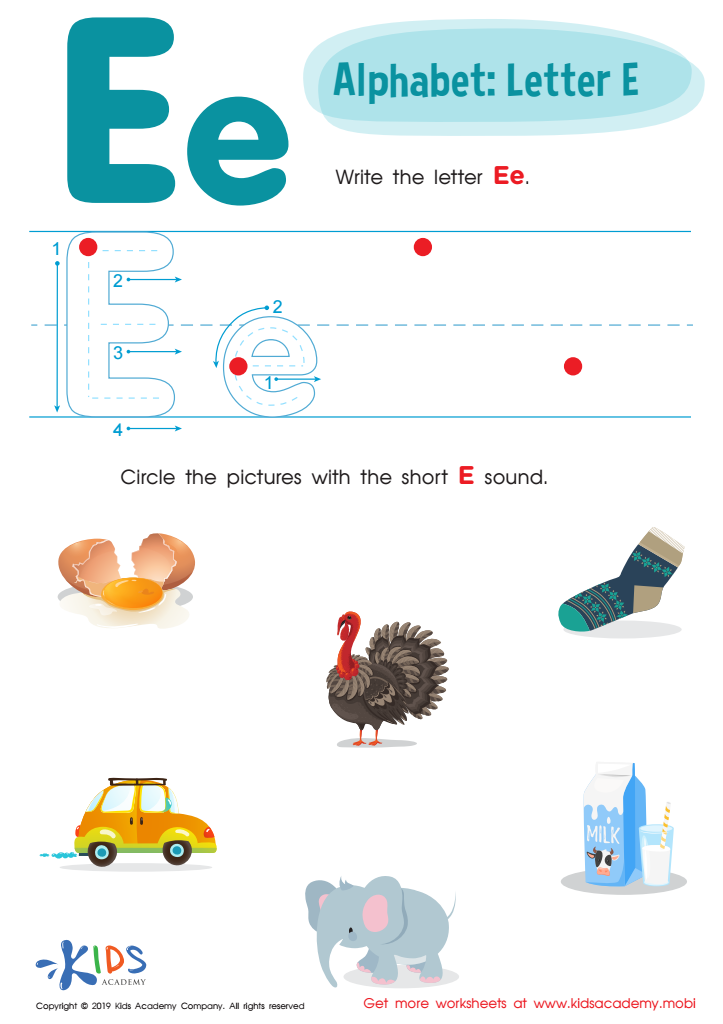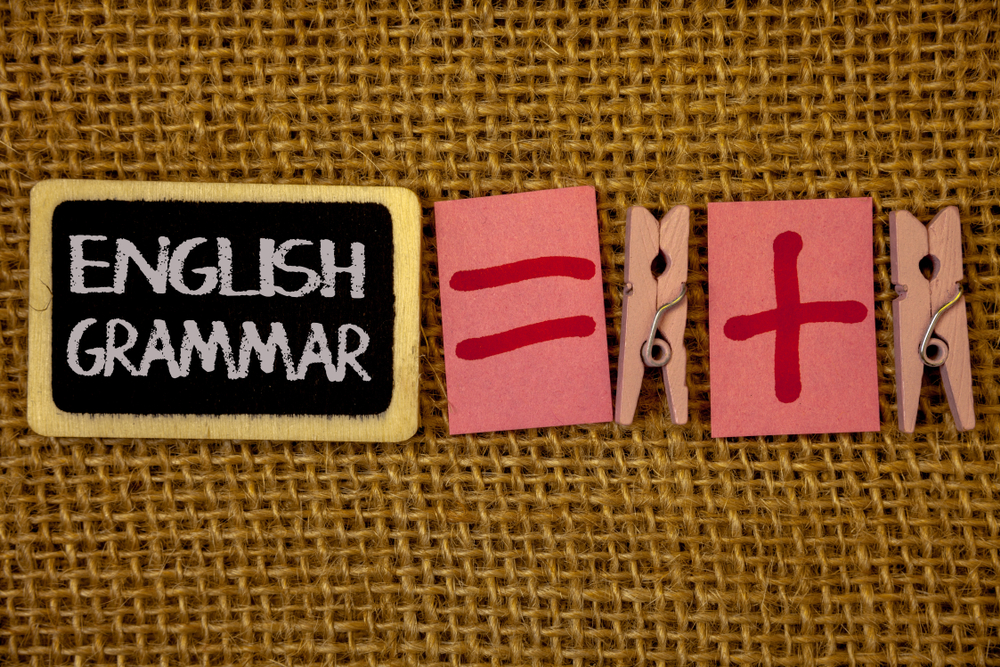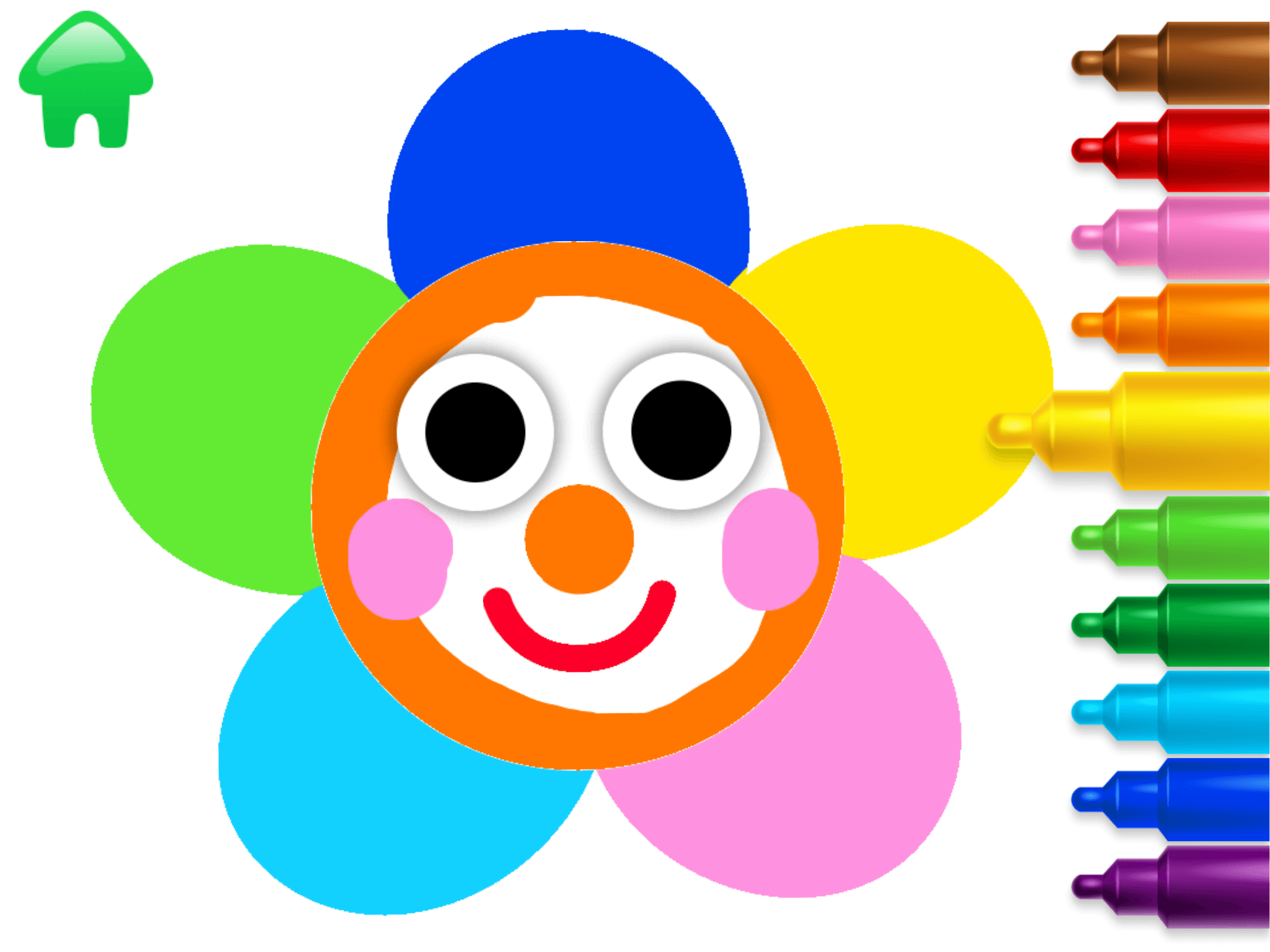Letter "E" identification Worksheets for Kids
1 filtered results
-
From - To


Letter E Tracing Worksheet
Question/Answer
How to test a Preschool student’s Letter "E" identification skills?
To test a preschool student’s letter "E" identification skills, present them with a series of flashcards or a worksheet containing various letters, including multiple instances of "E" in both uppercase and lowercase, amidst other letters. Ask the child to point out or circle all the "E" letters. This method effectively assesses their ability to recognize and differentiate the letter "E".
Why is the Letter "E" identification skill important for Preschool students?
The letter "E" identification skill is important for preschool students because it lays the foundation for early literacy skills. Recognizing and understanding the letter "E" helps children in decoding words, improving their reading and spelling abilities.
How does the mastery of the Letter "E" identification skill affect a student's performance at an early age?
The mastery of the letter "E" identification skill at an early age significantly influences a student's reading and writing abilities. Recognizing and understanding this vowel is foundational for phonemic awareness, decoding words, and building vocabulary. This skill fosters confidence in literacy tasks, facilitating smoother transitions to more complex reading material and contributing positively to overall academic performance.
 Assign to the classroom
Assign to the classroom












